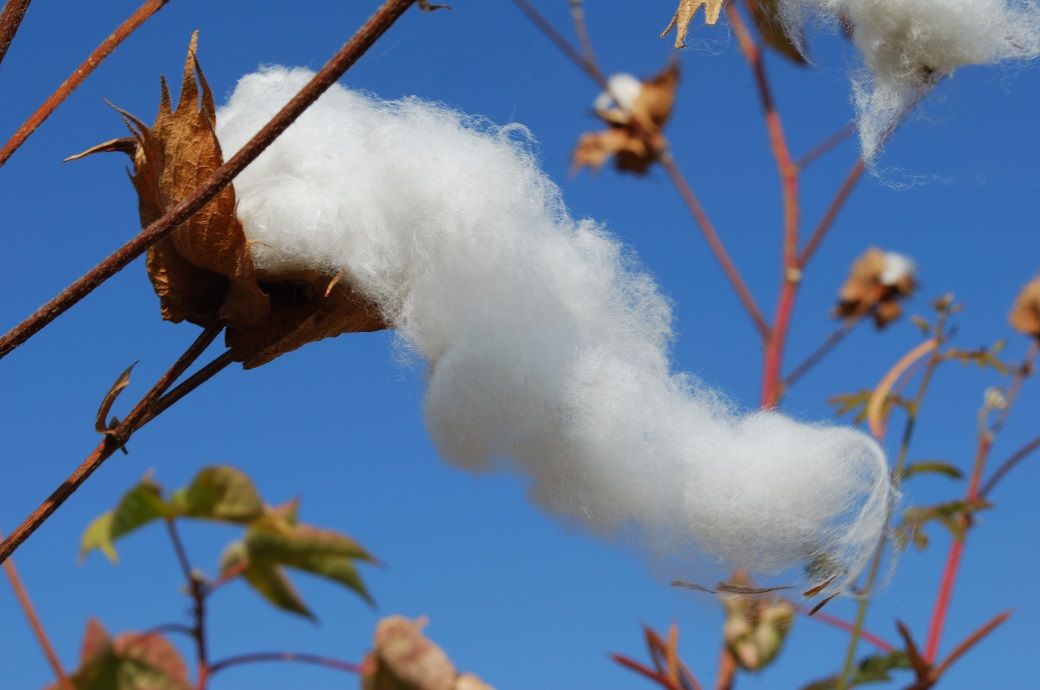
The sum of 2022-23 beginning stocks and production is projected at a 14-year low of 33.1 million bales, significantly pressuring exports. Moreover, Indian spot prices relative to global prices surged earlier in the year, in part due to lower cotton supplies, slowing shipments to major markets including China, according to the ‘Cotton: World Markets and Trade’ report by the United States Department of Agriculture (USDA).
Higher imports are supported by lower domestic supplies and other factors including favourable import policies. Pleas from the domestic textile sector resulted in the temporary rescinding of the tariff on all cotton origins from April 2022 through September 2022, which supported strong early-season imports. All origins are now subject to an 11 per cent import duty.
The Australia-India ECTA is also expected to strengthen import demand. The agreement took effect this calendar year and allows India to import approximately 230,000 bales of Australia cotton duty free. High quality and competitively priced Australian supplies are expected to support spinners’ late summer demands when domestic cotton supply is seasonally low.
India has recently become the largest consumer of long and extra-long staple cotton. Since the country doesn’t grow enough domestically, grades including Egypt’s Giza 94 and US Pima are imported to support consumption. India will thus remain a steady source of import demand for this species of cotton.
Despite forecast to be the third largest exporter in 2022-23 at 1.8 million bales, exports are forecast drastically lower than the 6.2 million exported in 2021-22. Looking forward, the recent expansion in domestic spinning capacity could channel a greater share of supplies into domestic spinning instead of exports.
Global production is up from the previous month to 115.9 million bales and attributed to higher production in China more than offsetting a lower crop in Brazil. Consumption is practically unchanged at 110.2 million bales and due to higher consumption in China offsetting lower use in Bangladesh and Turkey.
Global trade is forecast down more than 700,000 bales from the previous month to 38.8 million bales, the lowest level in six years. This month’s adjustments are mostly attributed to less imports in China, Turkiye, and Bangladesh. Lower Brazil and India shipments more than offset higher Australia and US exports.
Global ending stocks are forecast up close to 900,000 bales to 92.0 million and mostly attributed to upward projections for China, India, and Brazil, added the report.
The US balance sheet includes higher exports and lower ending stocks compared with last month. The projected US season-average farm price is forecast down 1 cent to 82 cents per pound. Global cotton prices were mostly down since last month’s WASDE with prices on the Intercontinental Exchange (ICE) settling at roughly 83 cents per pound. Strong US export sales and shipments were offset by global macroeconomic concerns due to the second-largest bank failure in US history.
Commodity exchange-traded funds and the Dow Jones Industrial Average were mostly unchanged after falling in late March, while the S&P Retail Index was lower compared with last month. Macroeconomic concerns raised speculators’ short positions and pressured prices.
Lower Brazil prices once again reflect slower-than-expected demand as witnessed by lower exports. Pakistan prices were down for the second consecutive month on both a weaker exchange rate relative to the US dollar and seasonally slow domestic use.
Fibre2Fashion News Desk (NB)